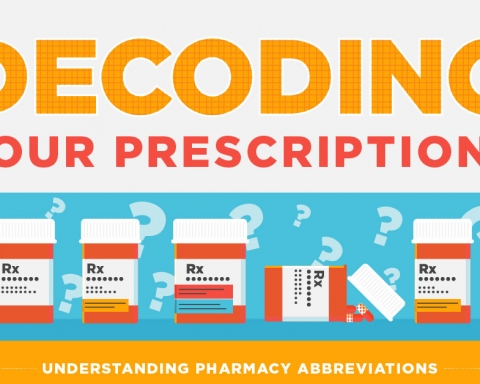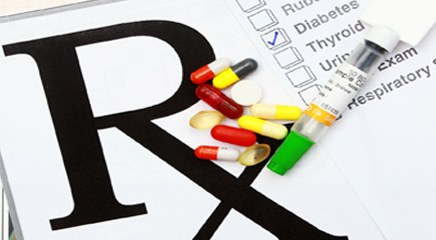The pH of body fluids ranges between 1 and approximately 8. The stomach is the most acidic region of the body with a pH that varies between 1 and 3. The normal pH of intestinal fluids is approximately 6 to 7. The pH of blood is 7.4, which corresponds to a [H+] of approximately 40 nM. This value can only vary from 37 to 43 nM without serious metabolic consequences. Local pH in various tissues depends on composition and function of each tissue, and rarely exceeds 8. Thus, a drug can be expected to encounter physiological environments that vary between pH 1 and 8, which makes ionization in this pH range of greatest interest. If a drug does not have a functional group that ionizes in this pH region, it behaves as a nonelectrolyte and remains un-ionized over the entire physiological pH range.
[wp_ad_camp_1]
From a formulation perspective, it is important to control pH of a product to minimize drug degradation, to improve
patient comfort and compliance, or to improve delivery. Dosage forms, particularly liquids (such as solutions, suspensions, and emulsions), may have pH values outside the pH 1 to 8 range. Higher pH values of pharmaceutical liquids are often required to make the drug more soluble, or to maintain good stability and an adequate shelf life. Thus, in these situations, ionization behavior over a wider pH range has to be understood and considered.







